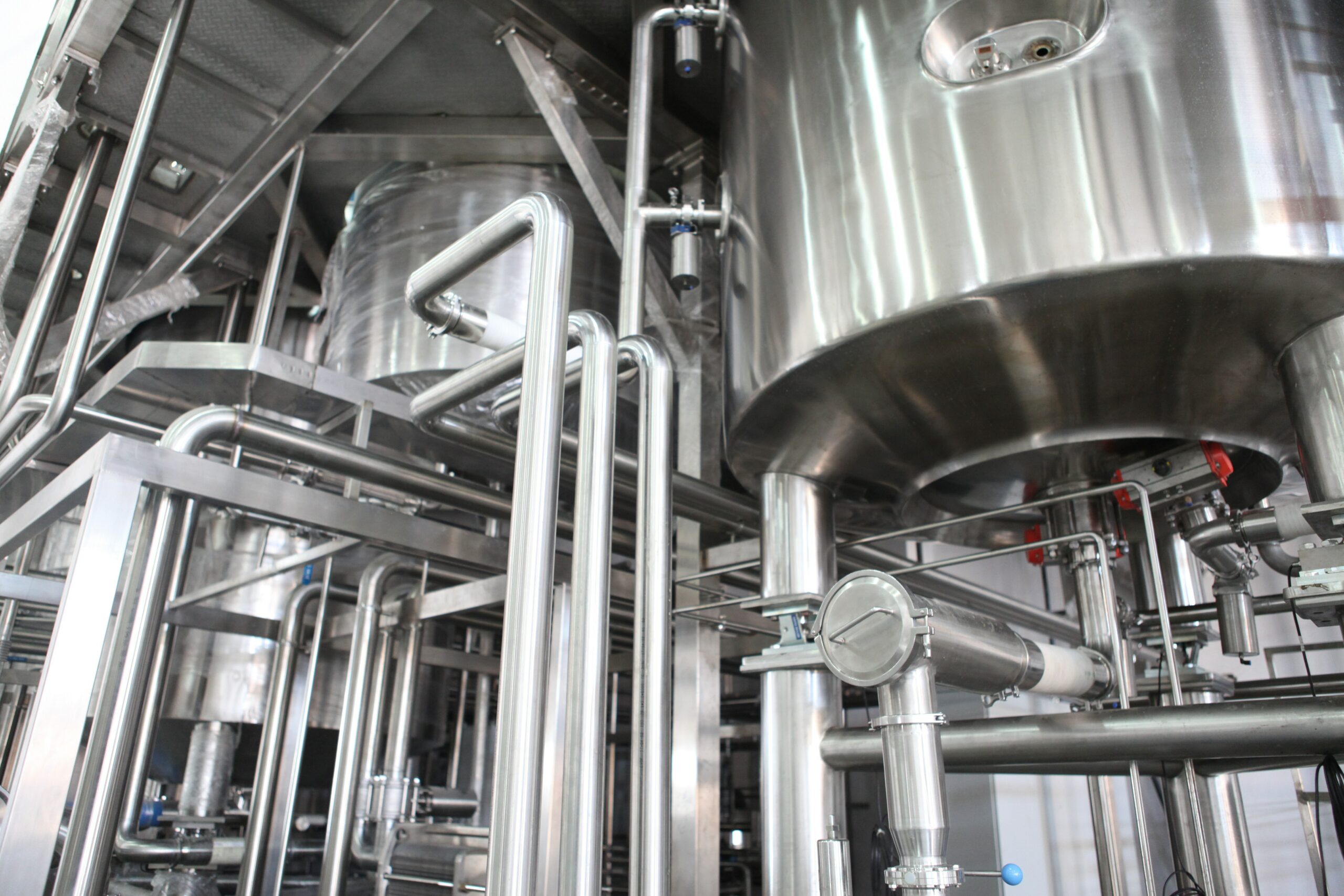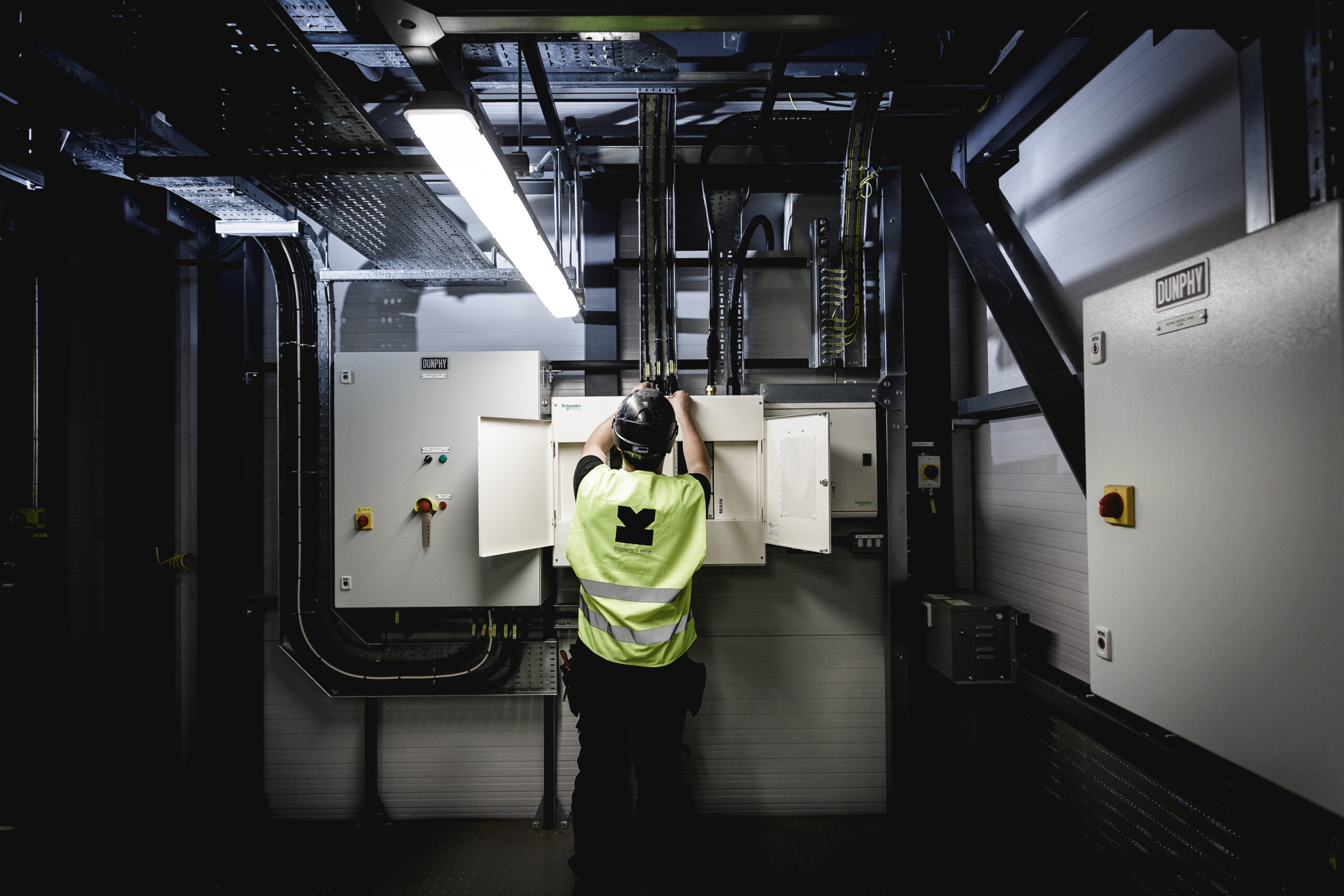Health and Safety in the Food and Beverage Industry
Unlike a sector such as construction where physical hazards are obvious to everyone, in the food and beverage industry many of the health and safety dangers are either invisible or under-estimated by outsiders.
Health and Safety
The fact is that health and safety across the sector concern not just safe working environments but also the maintenance of hygiene standards that would not be out of place in the NHS. In 2018, the Health and Safety Executive expressed its intention to begin unannounced inspections. The HSE identified two of the main causes of poor health as occupational asthma from exposure to flour dust and other fine substances, and musculoskeletal disorders (MSDs) such as lower back and upper limb pain resulting from repetitive tasks and the manual handling of heavy loads. The fact that HSE takes such issues so seriously was an indication of their significance, even in today’s health and safety conscious environment.
As a whole, the food and beverages industry has a robust approach to health and safety, but there is always more to do. Economic pressures, changing customer demands, technological innovation, disrupted supply chains and an evolving employment market all present challenges which require consistent commitment from employers and staff. Policies on health, safety and hygiene need to be regularly reviewed in order to match the changing environment. Frequently, the maintenance of such policies requires help from third-party companies that can supply mechanical and electrical design and build solutions. Safety is an issue to be addressed holistically.
Explosions
There is plenty to think about in factories and many other facilities engaged in the preparation of food and beverages. As we’ve seen, occupational asthma is a common problem, but another danger attributable to similar fine substances is dust explosion. Seemingly innocuous powdered and bulk materials including grain, creamer and sugar can explode when exposed to a sufficiently strong static electricity discharge. Much as this may sound like pure fiction, the explosiveness rating of ST2, for example, attributed to sugar, means a powerful and harmful explosion is a distinct possibility.
The danger arises from the machinery used to handle the goods. Electrostatic charges can be created by passing them at high speed through metal ducting, causing the dust to ignite. There are mechanical and electrical solutions to this perennial problem. The risk can be reduced by grounding the conveyors, although it can’t be eliminated entirely because open systems can still generate sparks and heat from friction. The technological answer may be to introduce conveyors that carry powdered materials more slowly without using air to propel them, limiting the potential to form dust clouds. What the manufacturer may lose in speed, they more than make up for in the downtime they save and the injuries avoided. In addition to preventing explosions, the other advantage is the improvement to respiratory health that this less intensive movement provides.
Air Quality
Apart from respiratory concerns, the question of air purity is important because of the ease with which airborne infections can be brought into and spread throughout a factory. The Covid-19 pandemic has focused minds in this area, but it is not a new problem and will not fade as we move past the Covid-19 crisis. What we now call social distancing is not a feasible long-term answer, especially at the busiest times of the year when the size of the factory workforce is at its peak. Once again, mechanical and electrical engineering could provide a solution, with the development of more efficient air-purification systems. The technology already exists to reduce virus particles by 99.5%, making the prospect of a pathogen-free workplace entirely plausible. This kind of system also drastically reduces odours, germs, fungus and pollen.
Skin Infections
With the volume of organic materials handled every day by workers in the food and beverages industry, it’s perhaps not surprising that dermatological conditions are common. Not only are these a source of severe discomfort for those infected, but it has also been calculated that over a quarter of a million working days are lost every year as a result. Most conditions, such as dermatitis, are preventable, but often go unnoticed through a combination of workers’ reluctance to raise complaints and employers’ inadequate provisions to identify problems. The very fact that the subject is under-reported means the official statistics are probably an understatement of the full extent.
Even with the figures available, 10% of workers are known to suffer from the disease at any one time and absenteeism at that rate is very damaging for businesses. Once you add the costs of any legal action and compensation arising from infection it becomes an expensive burden in more ways than one.
Health and Safety Benefits for Everyone
Sometimes the notion of a formal health and safety regime is dismissed as intrusive or alarmist. However, the fact remains that safety concerns are not just about protecting employees and compensating them for injury, however important that aspect is. It is in the interests of employers to implement and maintain comprehensive measures to minimise the risk of injury to the person, damage to equipment, and the consequent loss of production. Effective safety policies actually make business sense. No one would suggest that it is easy to achieve and sustain the highest standards but our awareness of often invisible hazards and the availability of technological protections means that an employer with the right will can certainly find the way.
If you’re interested in reading some of our previous Food and Beverage case studies, you can see them here.
If you would like to learn more about our approach to health and safety when completing a project, feel free to contact us here.


